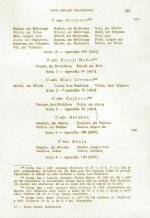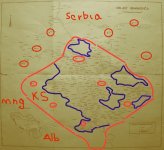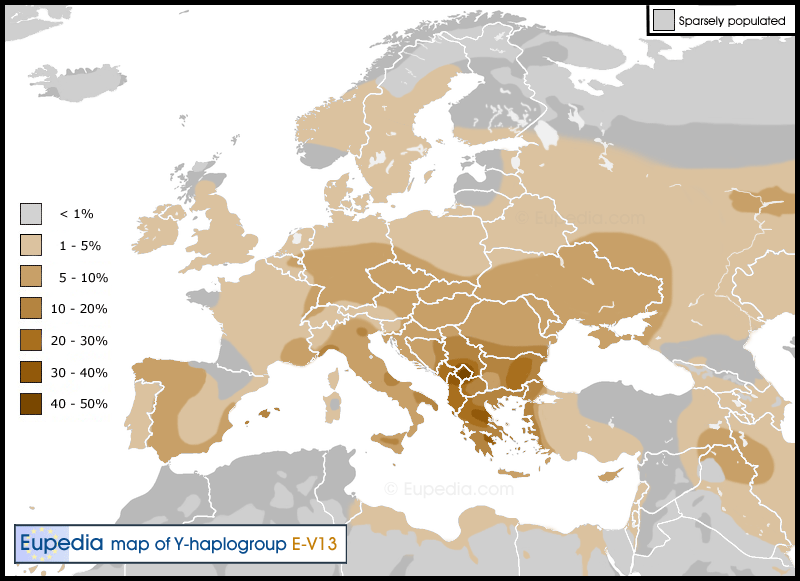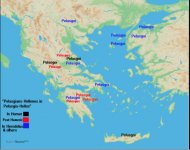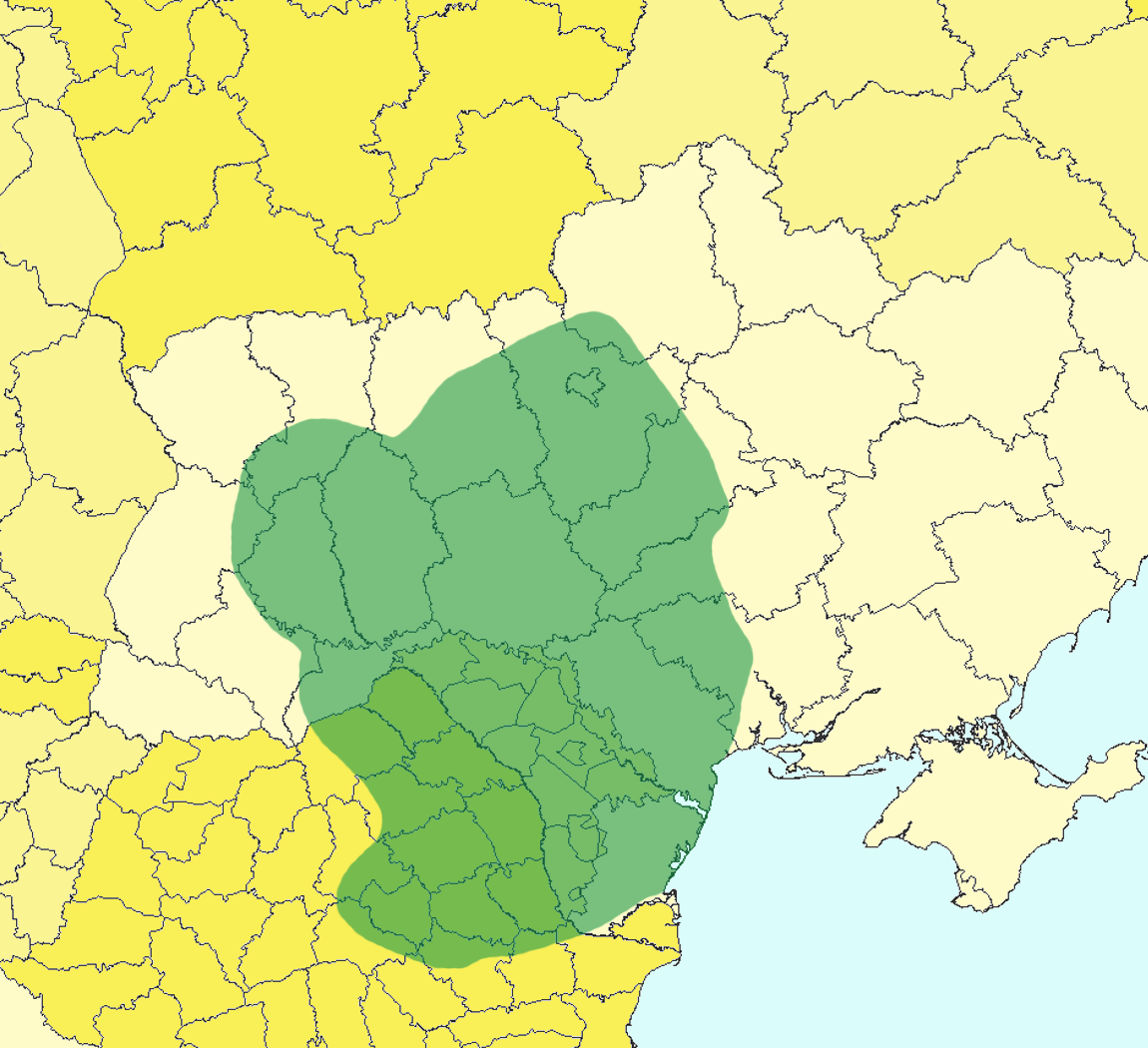My hunch based on all these studies is yes, it was, but regardless of whether it was there before the first steppe incursions or with Bronze Age migrations, it's crystal clear that it was there before the "Slavs" came anywhere near the Balkans.
I must give answer, it can be important for thread.
The matter is very complex and we should much more knowledge and new studies.
We know a little about subject, what we know about Slavs is group of nations who speak one family of language.
Generally assumption is that Slavic haplogroup is R1a and that I2a carriers are like some "heelers", all culture and IE language is from R1a. We think languages of I2, and I1 too, are extinct. It is "actual wisdom." The picture is not much "happy" for the oldest haplogroup in Europe.
But, is it really so?
A lot of that we don't know. However, knowledge arises with newer studies.
First Vinca sample from Serbia which we saw tell us that WHG is very big. In different forums people write that high probability is that Vinca people were I carriers, more precise, I2 carriers.
Of course, several samples in Europe says that haplogroup I2 was found in Mesholitic!, and they were all hunter gatherers. We know that carriers of haplogropup I are old Europeans.
We can see in Eupedia:
Haplogroup I is the oldest major haplogroup in Europe and in all probability the only one that originated there (apart from very minor haplogroups like C6 and deep subclades of other haplogroups). It is thought to have arrived from the Middle East as haplogroup IJ sometime between 40,000 and 30,000 years ago, and developed into haplogroup I approximately 25,000 years ago. In other words, Cro-Magnons most probably belonged to IJ and I (alongside older haplogroups like F and C6).
...
Now, we will see Cucuteni Trypillian culture. According to Macimo:
When I first tried to answer this question in 2009, before the first ancient Y-DNA test was performed, I thought that all Neolithic cultures in Europe would be a blend of G2a, E1b1b, J1 and T. But Cucuteni-Tripolye was different as it clearly had a stronger Mesolithic European influence, which is why I stated from the beginning that I2 would be a major haplogroup, if not the dominant one of this culture.
It is very interesting,
older Vinca (5700-4500 BC) and younger Cucuteni-Trypillia (4800-3000 BC), probably both have dominant I2! We will see if it is true.
(Vinca: place in Serbia; Cucuteni, place in Romania; Trypillia: place in Ukraine.)
But we can see more interesting things. For example:
Mother Earth in Cucuteni Trypolye culture
We can compare:
Mother Earth with her baby from Vinca/Starcevo culture
We can see similarity. It is possible that continuity exists between two cultures! Of course probability is higher if carriers of same haplogroup created these culture.
...
With website:
http://www.omniglot.com/writing/vinca.htm
Some scholars believe that the Vinča symbols represent the earliest form of writing ever found, predating ancient Egyptian and Sumerian writing by thousands of years. Since the inscriptions are all short and appear on objects found in burial sites, and the language represented is not known, it is highly unlikely they will ever be deciphered.
Vinca letters
View attachment 7344
These I2 carriers weren't unintelligent, maybe they invented the letters before ancient Egyptians and Summerians.
...
We will not go away. But what if exists continuity between these two cultures and later cultures?
Angela do not get me wrong, but some R people (R1a, R1b anyway) think everything flowed from them.
But what
if R1a carriers received culture of I2 carriers? (Or at least it was a mutual exchange where I2a carriers were not subaltern.)
How you see we don't know a lot.
We cannot come to speak about Slavs until we understand the moving and expansion of haplogroups, especially I2, and complex relations and exchange cultures and languages between I2 and R1a carriers, and certainly carriers of other haplogroups who have contributed creating Proto Slavs.
It is possible that Vinca culture and Cucuteni Trypilla culture played significant role.
...
Vinca culture, territory:
Cucuteni Trypillia culture, territory:


